Fatal plant accident no big issue for RAV4 feed
/Supply of Kiwi-favoured model has been affected, but barely.
Read MoreSupply of Kiwi-favoured model has been affected, but barely.
Read MoreEven with full registrations data yet to come out, there was never any doubt who led the way in 2023.
Read MoreThe Blue Oval’s truck has claimed a 10th consecutive year as our favourite one-tonne, but is feeling heat to also maintain as the country’s top-selling new model.
Read MoreEVs, PHEVs again hurt as whole new car sector falls 60 percent year-on-year.
Read MoreHonda’s core sports utility will feature in three variants, topping with a hybrid.
Read MoreEnhanced look and firmer suspension tune for GR Sport version of top-selling Toyota.
Read MoreNot much is being said here yet about the Corolla Cross. Different story in Australia.
Read MoreAdventure edition now gets petrol-electric and there’s a new XSE trim level. Plus all versions have a new headlamp style for 2022.
Read More
SEEMS everyone wants to meet the Buddy, a Toyota RAV4 alchemised into something like an American Chevrolet sports utility from the 1980s.
It’s the latest work from Japan’s 10th largest passenger vehicle producer, a brand you can only name check from used import rosters, and since being revealed in Japan last month has attracted so much attention the entire production for the next two years is accounted for.
Mitsuoka Motors doesn’t export, yet even so it has developed something of a worldwide reputation for its speciality - putting a retro spin on popular modern models.
It’s been busy in recent years with the Himiko, a rebody of the previous generation of the world’s best selling sports car, the Mazda MX-5, so that it looks a bit like a 1980s’ Morgan, and the Viewt, a half-scale homage to the legendary Jaguar Mk II of the 1960s. Based off the Nissan March, which was sold new here as the Micra until five years ago, that one stayed in production for 25 years and achieved sales exceeding 12,000 units. A small number has found their way to NZ.
Those cars are now yesterday’s news. Consumers are now hankering for sports utilities – and so the Buddy was born to meet that demand.

The design influence comes from the Chevrolet Blazer pick up truck-based wagons produced for North America in the early 1980s.
The shiny grille and the two-piece rectangular headlights and the rear-end reshape are particularly reminiscent.
Even though the donor model has a relatively squared silhouette, the Buddy is much boxier still, so quite a few exterior panels have been replaced or at least altered.
The wheels as well. Buyers can order the Buddy with ‘dog dish’ hubcaps and vintage-looking wheels.
Once again, the reproduction is a physically smaller vehicle than those that it draws inspiration from.
Don't expect to find a 454-cubic-inch V8 in the engine bay or a period-correct column shift transmission; Mitsuoka has kept the original Toyota drivetrain in place.
In this respect, though, the Buddy is at the leading edge of technology, in that the top version is provisioned with the electric-assisted 2.5-litre petrol hybrid setup that has become the most popular choice for Kiwi RAV4 buyers.
AS said, if you’d like an example of this artisan car, be prepared to join a long queue. Mitsuoka doesn’t work in high volumes. They reckon on knocking out 50 next years and 150 in 2022 - and every build slot for the next two years is spoken for.
Pricing for the Buddy starts at the equivalent of $64,000 for the non-electrified model and rises to just under $84k for the hybrid.


Toyota has led the way with hybrid systems … and has reaped reward as result.
PITY the poor petrol-electric hybrid. You know – the vehicle that is electrified but doesn’t need to be plugged-in to be charged. Yeah that’s the one – the vehicle that’s currently selling like the proverbial hot cakes in New Zealand.
So why pity the hybrid? Its because as a vehicle type, it’s stuck in a sort of environmental no-man’s land.
On one hand, the Government refuses to recognise them. Its Ministry of Transport says hybrids cannot be considered electric vehicles because their batteries cannot be charged from an external electric source. So hybrids are not included in Government statistics on the size of this country’s EV fleet.
But on the other hand, the motor industry does recognise them. The Motor Industry Association says the Government view is too narrow and ignores technologies which are achieving fuel consumption the equivalent or better than plug-in hybrids.
That includes hydrogen by the way, because vehicles carrying that new technology can’t be plugged-in either, despite the fact the so-called ‘green’ hydrogen is 100 per cent emissions-free.
But through all of this, the hybrid itself probably doesn’t care. That’s because it is selling in far greater numbers than EVs. Last month, for example, 1045 hybrids were registered new in New Zealand.
As an aside, within that statistic there’s another statistic that dramatically underlines the current popularity of hybrids. Of those 1045 registrations, 641 of them were Toyota RAV4 hybrids – which represented 80.5 per cent of all RAV4s registered last month.

RAV4 hybrid has become a strong seller in 2020.
The overall story of Toyota hybrids is impressive. In 2017 the brand sold 1337 of them, this increased to 5159 last year, and to July this year there have been 3627 sold. And the hybrid sales growth will surely continue next year following the recent launch of the new Yaris hybrid, and scheduled future launches of hybrid versions of the Highlander SUV and possibly even Hilux ute.
Not only that, but we’ve also now got Suzuki in the game with the new Swift hybrid, and Subaru with the e-Boxer models.
Meanwhile, while hybrid sales are going great guns, EV sales aren’t. Last month a measly 90 EV and 69 PHEV vehicle were registered new, and 317 registered used. All this goes to show that despite the Government’s push to encourage kiwi motorists to buy EVs, the change isn’t happening anywhere near as quickly as anticipated.
Back in 2016 the Government introduced its Electric Vehicles Programme, which among other things exempted owners of EVs from paying Road User Charges until the end of 2021 or until EVs made up 2 per cent of the national vehicle fleet, whichever came first.
The aim was to have at least 64,000 EVs on our roads by the end of next year. It’s now obvious that’s not going to happen – as of July this year the national EV fleet size (both those purchased new and imported used from Japan) was 21,568 vehicles, which represented about 0.5 per cent of the total national light vehicle fleet which has just moved past 4 million.

Prius introduced New Zealand to petrol-electric drivetrains and thousands roam our roads. But consumer tastes have moved on.
It’s a pity, because it is a given that action must be taken to protect New Zealand’s climate by reducing greenhouse gas emissions. The light vehicles we drive are a vital part of this action, as transport accounts for nearly 20 per cent of all this country’s CO2 emissions – and light vehicles account for 70 per cent of that.
But the reality is that at this stage EVs are simply too expensive to buy, and range anxiety remains a big issue, particularly in regional New Zealand. And remember, while they are impressively inexpensive to run now, from December next year EVs will be hit with RUCs of $76 per 1000 km, which will add an average of close to $900 to their annual operating costs.
So what’s a motorist with an environmental conscience to do? The obvious economical answer is to buy hybrid until the market has finally reached the stage where full EVs are fully affordable, with better range on a single charge, and there is a comprehensive nation-wide charging network properly up and running.
That way, the motorists concerned can at least make some contribution to reducing the nation’s exhaust emissions. That’s because while hybrids still run on the dreaded fossil fuel (aka petrol), they are generally far more economical than standard petrol models – for example, whereas a 2.5-litre all-wheel drive petrol-engined RAV4 has average exhaust emissions of 156g/km, the hybrid version’s emissions are 112 g/km.
Adding to this scenario is the matter of what the Government – whichever one it is in the wake of the September election – is going to do next.

Subaru and Suzuki both joined the hybrid club this year. Will that effort pay off?
Last year the current Government proposed its Clean Car Initiative which contains some very good ideas. It envisages a Clean Car Standard (a fuel efficiency standard) and a Clean Car Discount (a feebate scheme that would apply a rebate or penalty depending on exhaust emissions), all to financially discourage motorists away from gas guzzlers and towards smaller, more fuel efficient cars – and in particular, EVs.
Trouble is, a few weeks ago Government coalition partner New Zealand First put a stop to that plan, and the Greens responded by promising they would make the feebate proposal an election issue. The re-emergence of Covid-19 has prevented this from happening yet, but it is most likely it will happen.
Meanwhile, we have the transport and environmental bureaucrats desperately hoping kiwi motorists will join the EV cause. Truth be told, many would love to – but a lack of financial incentive other than not having to pay RUCs for a further 16 months, presents as a major barrier to this happening.
Let’s hope then that the incoming Government is quick off the mark in introducing fresh incentive, preferably the proposed Clean Car Initiative. Meanwhile, there are tens of thousands of motorists throughout New Zealand who are doing their environmental bit by opting for vehicles with obvious clean credentials but which the bureaucrats won’t officially recognise: hybrids.

Looks familiar? A new nose and a change of badge turns the RAV4 into a Suzuki Across
DEVELOPMENTS within the Suzuki model range triggered by its battle to meet tightened emissions regulations imminent in Europe are good news for the local distributor – and perhaps for a rival, as well.
The Jimny small sports utility that has become so popular here as to be subject to a big waiting list and a Suzuki by arrangement with Toyota, the Across, have become central figures as the brand works to achieve a range-wide Co2 count it must meet in order to keep trading in the European Union after the end of this year.
It might come as a relief to Toyota New Zealand that the Across is unlikely to avail locally: The last thing it might need is a competitor fronting with a lightly-revised edition of one of its most popular cars.
It’s worse than that, actually. Not only is the Across a RAV4 with nothing more than cosmetic change – it’s a variant TNZ has yet to secure, yet has big hopes for nonetheless.
The longstanding, if relatively low-key product-sharing relationship Suzuki enjoys with Toyota has recently morphed into a deal to collaborate on electrified vehicles.
To meet the demands of the European emissions situation, Suzuki has been allowed access to the RAV4 Prime, which has a plug-in recharging capability that’s far more Green-minded than the mild hybrid RAV4 most-favoured by Kiwis at the moment.
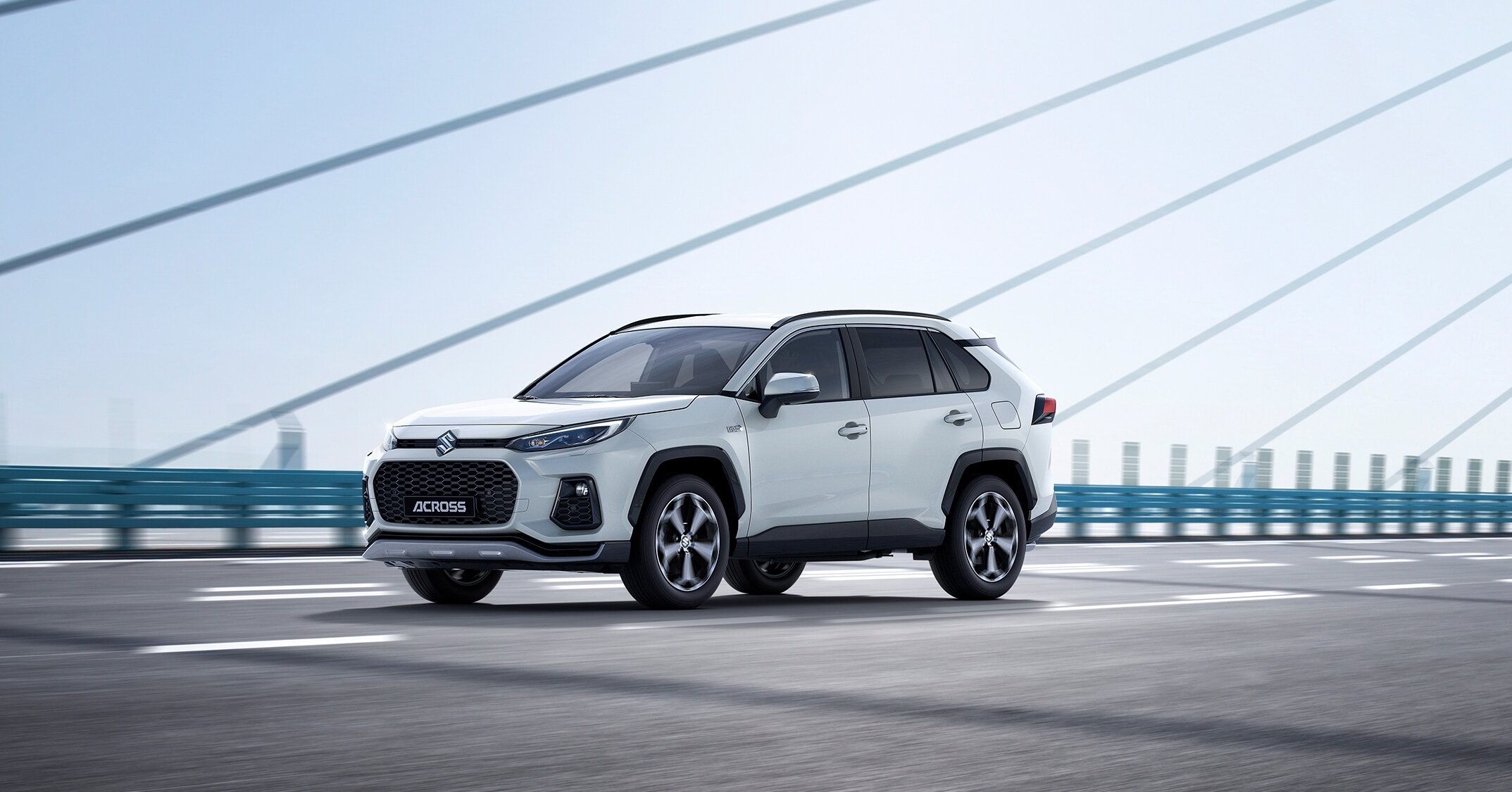
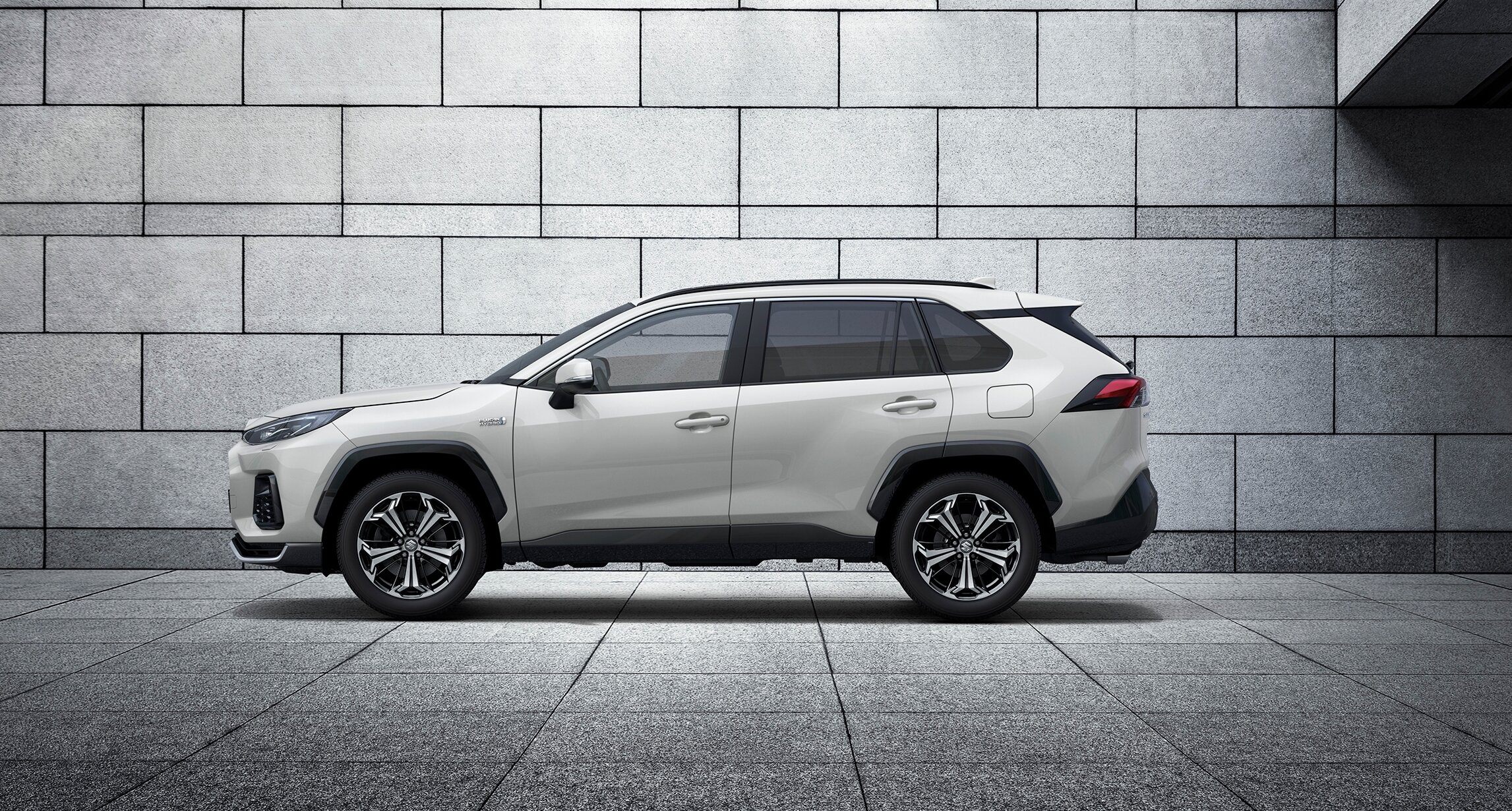
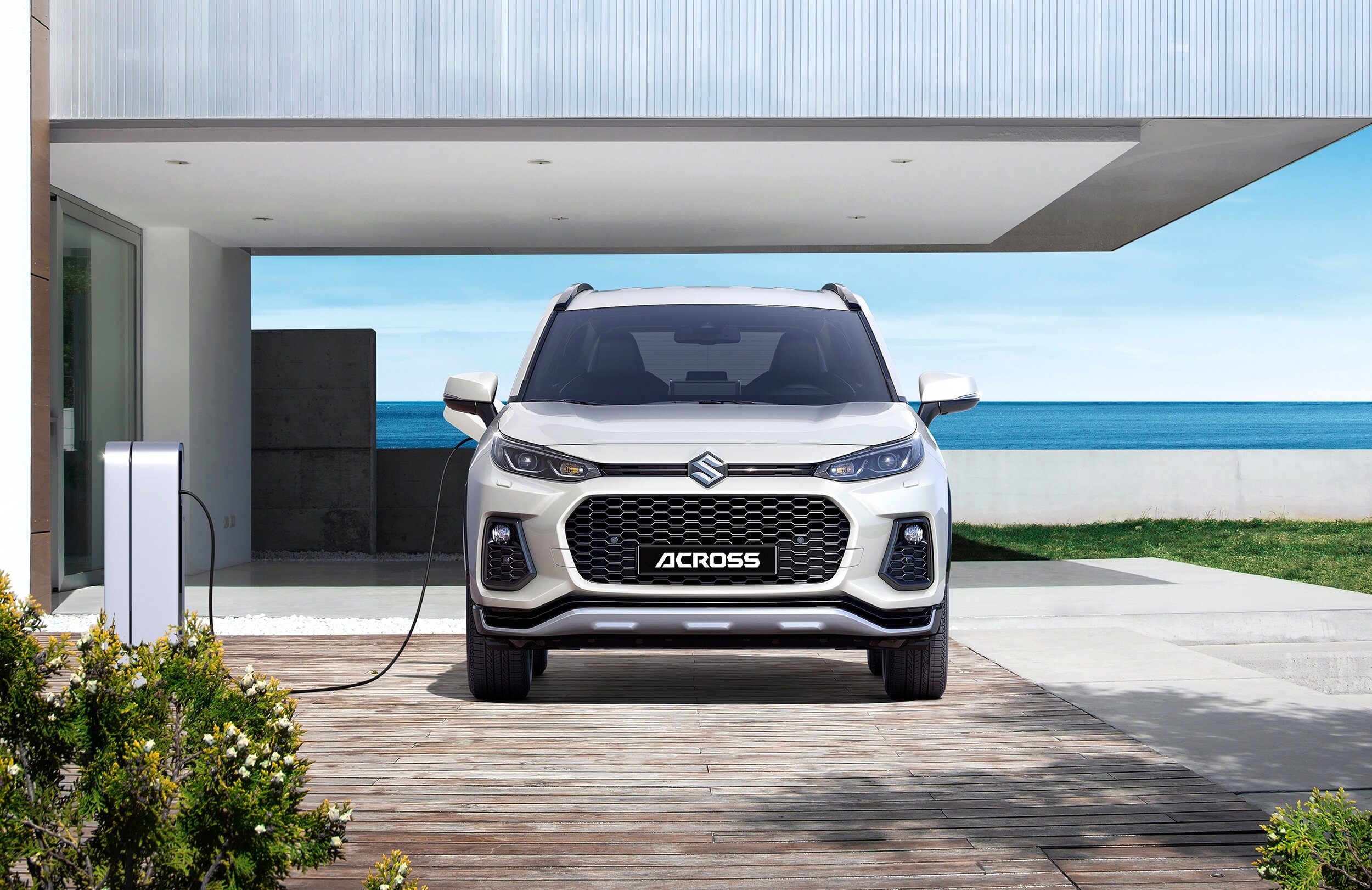
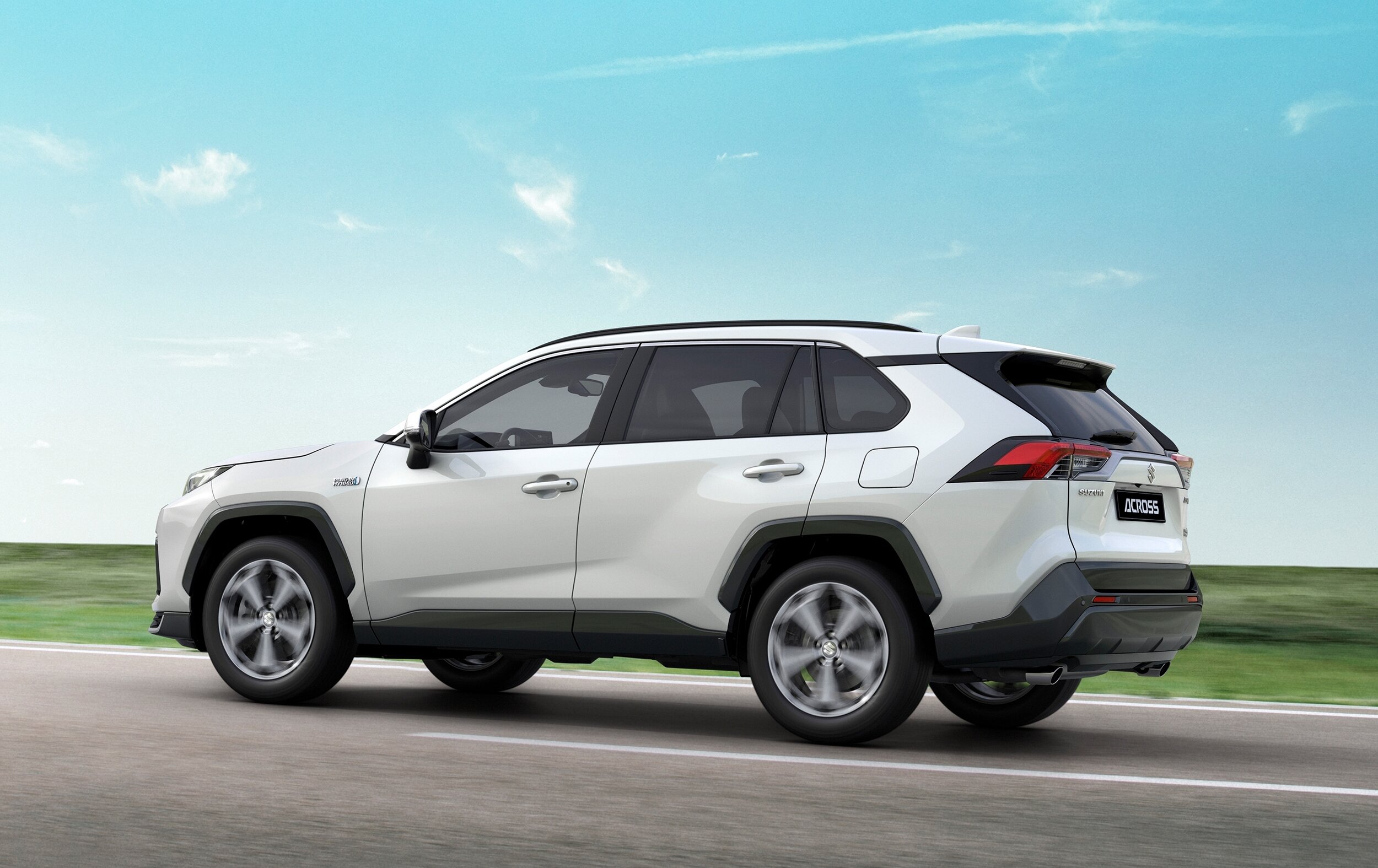
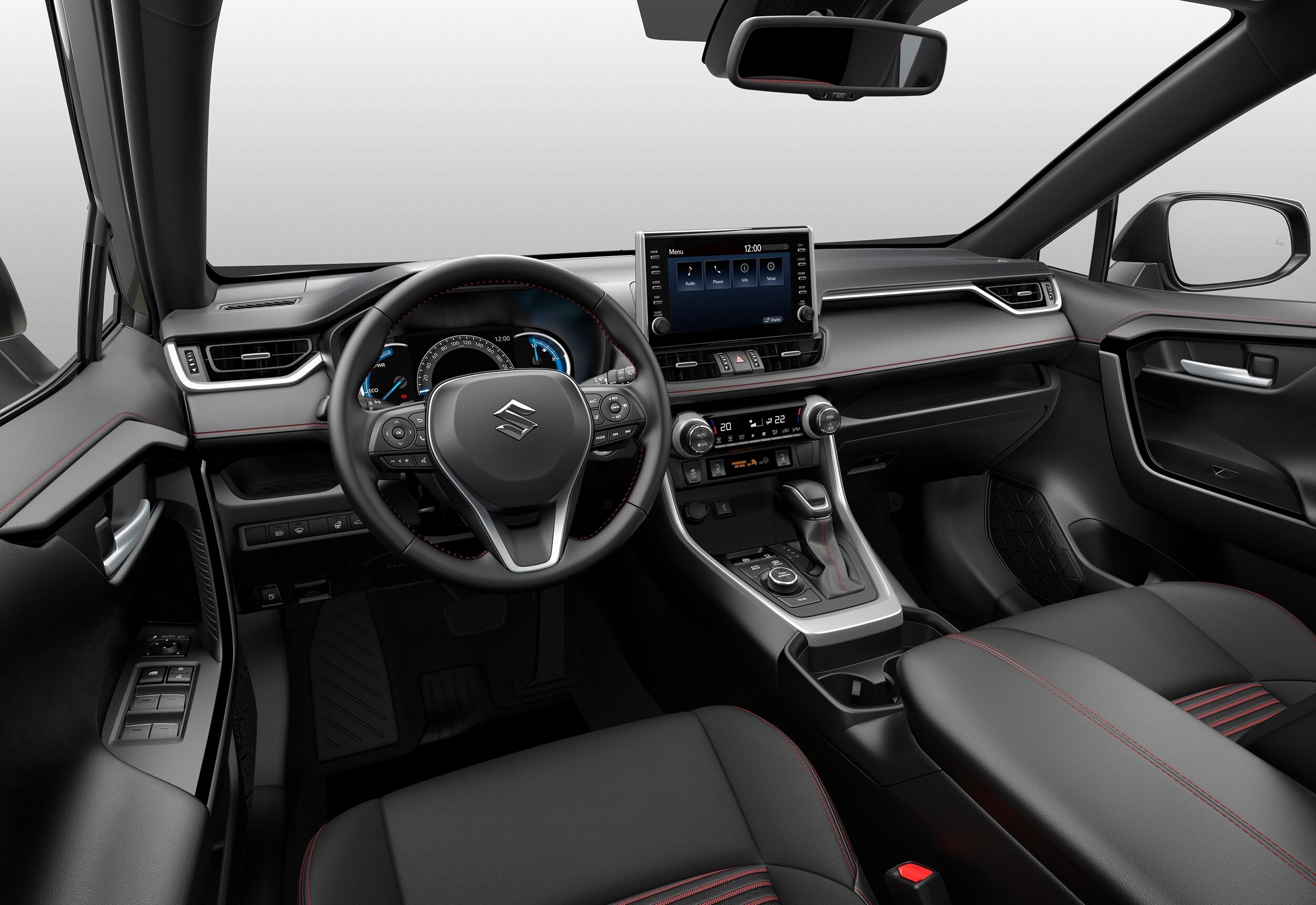





With a 2.5-litre four-cylinder petrol engine, a 18.1kWh lithium-ion battery pack and an electric motor mounted on each axle, the Prime’s drivetrain hits two targets.
First, there’s the optimal 75kms’ all-electric range. That’s significantly superior to that from Toyota’s only PHEV in circulation here at the moment, the Prius Prime, and also trounces that cited for a probable rival, Mitsubishi’s Outlander PHEV.
On top of this, with cited outputs of 134kW and 270Nm, this RAV4 is also said to be far sportier to drive than any current edition offered in our market.
All good portents for TNZ, which has been dropping hints about the potential for the Prime coming into its lineup, probably in 2021.
Suzuki NZ boss Tom Peck is relatively relaxed about there being little likelihood of Across being signed off for this part of the world. And even if that changed, he thinks it would be unlikely the car would become available “at a price the RAV4 sells for.
“Ultimately, Suzuki and Toyota do have a product tie-up that is bigger than the local companies … but there are regional agreements. I don’t think those Toyotas (in addition to RAV4 Prime, there’s a hybrid Corolla wagon) will be offered to NZ (as Suzukis).”
In addition to what’s going in Europe and the United Kingdom, Toyota is using rebadged Suzukis to gain entry to India, where the small car expert is already a well-established kingpin, with Maruti.
Toyota helping Suzuki achieve CO2 averages with the EU emissions regs can go so far, however, and there’s already been a decision that could become beneficial to Suzuki NZ.
UK dealer supply of the Jimny small SUV will cease in the coming months, as the CO2 counts from its 1.5-litre petrol engine are too problematic to address.

Bad news for English fans of the baby off-roader will likely be a good turn for Kiwi enthusiasts as almost certainly the big issue of supply – so constrained that at the moment the waiting list for Kiwis stretches almost nine months – could well be alleviated, Peck believes.
“We have been getting better allocations recently but that’s been more to do with Covid-19 than what’s going on in Europe; we’re fortunate in being among the countries that have been able to take and sell the cars. But we still have more than 350 confirmed orders awaiting delivery.”
The distributor generally receives 40 units per month from the factory – nowhere near enough to satisfy demand. This latest turnup could free up more volume, he hopes.
“If that happens if shouldn’t take us too long to catch up (with the order base).”
Suzuki has also been talking about creating a second production base, also in Japan, to alleviate the current factory which has been operating at maximum capacity since the car’s release, but the coronavirus crisis seems to have sidetracked that development just at the moment, he says.
However, it works out, Peck is utterly confident the car’s inability to sustain in Europe won’t cause Suzuki to rethink having it in their line-up.
“Not at all. There is huge demand for Jimny outside of Europe. It will definitely continue.”

A PERENNIAL strong seller for Toyota is set for a rise in stature.
The Corolla has become the next candidate passenger car for conversion into something it’s never previously been, a crossover.
Announcement of the – you guessed it – Corolla Cross came from today’s global unveiling in Thailand, where it is being built and will be sold first.
Availability in other right-hand-drive markets will commence in 2022. Toyota New Zealand has confirmed itself as a starter.
“We have secured this product for our line-up and are excited to launch it in due course,” said chief executive Neeraj Lala.
“This addition will continue to add breadth to our overall range, with more SUV options for our customers. We will release more information closer to the time of launch.”

Toyota head office says Corolla Cross benefits from its experience as a pioneer in recreational SUVs, which triggered 25 years ago with the original RAV4 - a vehicle that is now the world's best-selling SUV.
The brand sees this model as delivering a design philosophy of "Corolla meets SUV", blending the best aspects of both worlds. “It balances a dynamic, powerful, sleek and sophisticated design with high levels of SUV practicality,” according to the press information.
Corolla Cross is on the same GA-C platform as the Corolla hatch and sedan, ensuring a high level of body rigidity and a well-balanced chassis for responsive and agile driving, a comfortable ride and outstanding quietness, Toyota believes.
Other features include a spacious cabin, easy entry into and exit from the car and excellent luggage space, as well as a high level of safety equipment inherited from Corolla hatch and sedan.
The brand says Corolla Cross will place between Yaris Cross, releasing in NZ later this year, and RAV4 and be available with either a petrol engine or a petrol-electric hybrid powertrain, but has yet to be more specific.


Toyota’s RAV4 was the month’s most popular model.
JUNE’S new passenger vehicle registrations count is proof the country is in a Covid-caused recession.
The easing of the coronavirus lockdown saw Kiwis resume buying new vehicles in June – but the rate is much lower than for the same period of last year.
Registration statistics supplied by the Motor Industry Association show 11,514 new vehicles being sold last month.
That represents a 17.5 percent or 2438 unit decline on June last year, although it’s also an improvement on counts for April and May, when 1039 and 8313 registrations were respectively recorded.
Theyear-to-date rate is down 29.1 percent on 2019, says MIA chief executive officer David Crawford.
“The first six months of the year has been a year of two quarters,” he said. “The first quarter saw sales of 32,833 new vehicles – while the April to June quarter has seen just 20,866 new registrations, a reduction of 11,967 units for the quarter.
Crawford added the month of June reflected a steady but weaker market compared to 2019. Sales of both passenger and commercial vehicles were down, confirmation the market is tightening its belt in a recession.
Of the total number of new vehicle registrations in June, 7411 of them were passenger vehicles and SUVs which was down 15.3 percent on 2019 volumes, while registrations of 5103 commercial vehicles were down 21.2 percent on the same time last year.
But commercial vehicles continued to dominate individual sales, with the top three models all being utes – the Ford Ranger with 641 sales, Toyota Hilux with 595 and the Holden Colorado with 482.
Easily the most popular passenger vehicle was the Toyota RAV4 medium SUV which achieved 403 sales, followed by the Kia Sportage and Toyota Corolla.
But while the top three models for the month were the one-tonne utes, overall the top segments for June were dominated by SUVs. Top spot went to medium-sized SUVs with a 19 percent share, followed by compact SUVs with 18 per cent.
Toyota remains overall market leader with a 16 percent share via 1874 registrations, followed by Holden with 9 per cent and Ford on 8 per cent.
Top 15 in June
Ford Ranger 641 registrations
Toyota Hilux 595
Holden Colorado 482
Toyota RAV4 403
Mitsubishi Triton 390
Kia Sportage 287
Toyota Hiace 275
Toyota Corolla 271
Nissan Navara 251
Suzuki Swift 227
Mazda CX-5 216
Kia Seltos 202
Hyundai Tucson 191
Nissan X-Trail 179
Mazda BT-50 170
MotoringNZ reviews new cars and keeps readers up-to-date with the latest developments on the auto industry. All the major brands are represented. The site is owned and edited by New Zealand motoring journalist Richard Bosselman.